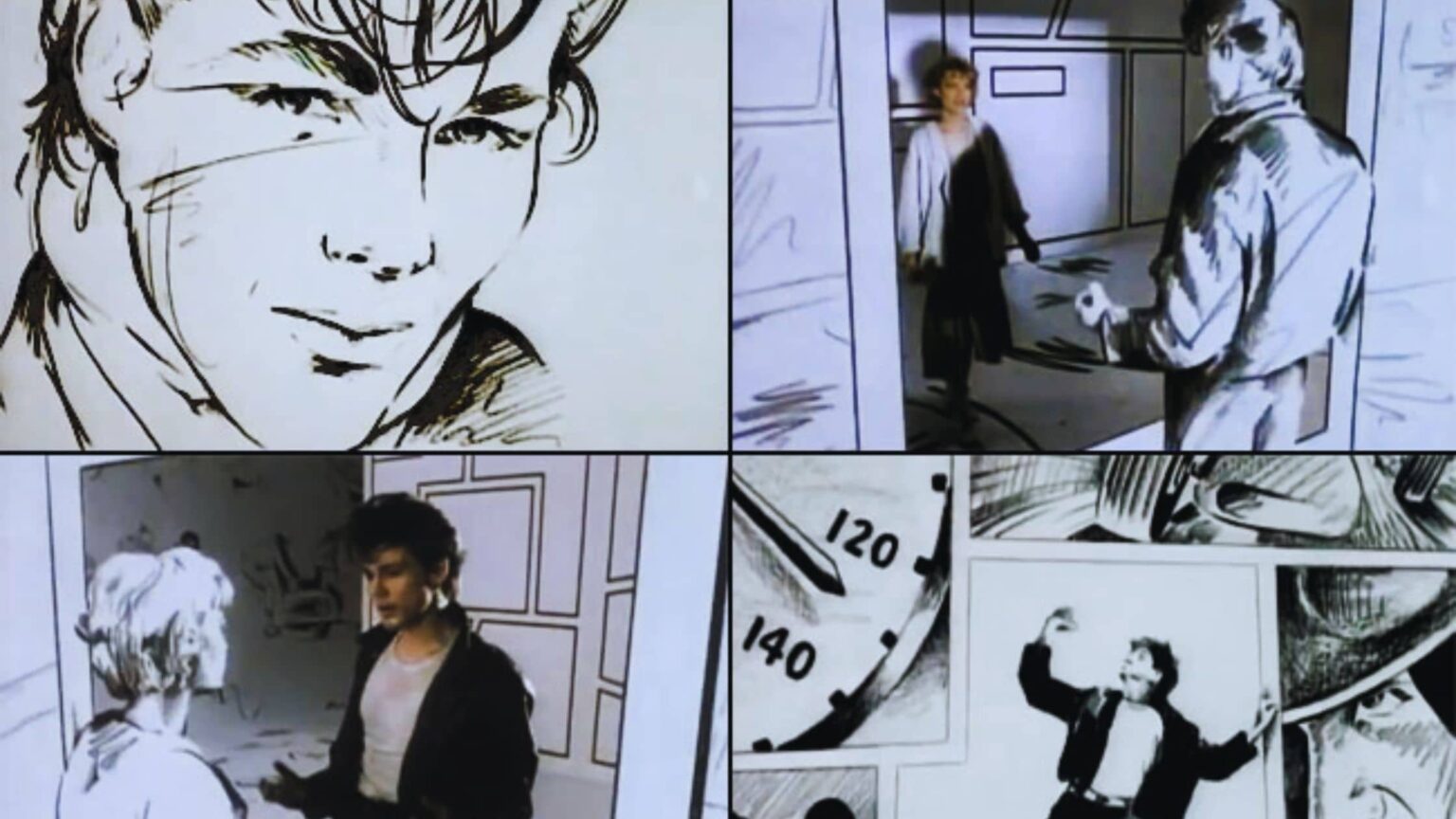In the pantheon of 1980s pop culture, few songs have had the staying power of A-ha’s “Take on Me.” The Norwegian trio’s 1985 hit recently achieved a remarkable milestone, surpassing 2 billion views on YouTube, making it the first music video from the decade to reach such a figure. Even decades after its release, “Take on Me” continues to captivate audiences with its innovative visuals and unforgettable melody. In this article, we’ll dive into the making of this iconic song and video, and explore why it remains a timeless classic.
The Creation of “Take on Me”
Released in 1985, “Take on Me” served as the lead single from A-ha’s debut album, Hunting High and Low. The band—composed of Morten Harket (vocals), Magne Furuholmen (keyboards), and Paul Waaktaar-Savoy (guitar)—had initially struggled to break into the international music scene, but “Take on Me” became their breakthrough hit. Written by the band members themselves, the song had undergone several revisions before it found its perfect form, blending upbeat synth-pop with Harket’s soaring falsetto.
The track stood out due to its catchy chorus, fast tempo, and energetic keyboard riff, a signature of 1980s pop. However, it was the accompanying music video that made “Take on Me” a cultural phenomenon. Directed by Steve Barron, who had previously worked on Michael Jackson’s “Billie Jean,” the video used a groundbreaking combination of live-action footage and pencil-sketch animation, known as rotoscoping. This technique gave the video a distinctive hand-drawn feel, setting it apart from other music videos of the time and helping A-ha break into the mainstream, especially through heavy rotation on MTV.
The Music Video: A Game-Changer
The music video for “Take on Me” became one of the defining visuals of the MTV era. It tells the story of a young woman who gets pulled into a comic book world, where she embarks on a romantic adventure with a sketch-drawn version of Harket. The video’s seamless transition between live-action and animation, paired with its love story and action sequences, made it an instant hit.
Much of the video’s success can be attributed to its technical innovation. Rotoscoping, though labor-intensive, created a fluid, dreamlike quality that resonated with audiences. The video was a huge leap forward for the music video format, and it garnered multiple awards, including six at the 1986 MTV Video Music Awards.
While the video certainly helped propel the song to new heights, “Take on Me” also owes its lasting appeal to its infectious melody, emotional depth, and Harket’s distinctive voice. It was a song that captured the essence of the 1980s, while also pushing the boundaries of what music videos could achieve in terms of storytelling and visual artistry.
A-ha: The Band Behind the Hit
Formed in 1982 in Oslo, Norway, A-ha quickly became one of the most successful Scandinavian bands of all time. Composed of keyboardist Magne Furuholmen, vocalist Morten Harket, and guitarist Paul Waaktaar-Savoy, the group fused elements of synth-pop, new wave, and rock, creating a unique sound that set them apart from their peers.
A-ha’s first album, Hunting High and Low, which included “Take on Me,” became a major success, reaching the top 10 in several countries. The band’s follow-up albums, such as Stay on These Roads (1988) and East of the Sun, West of the Moon (1990), also achieved commercial success, solidifying their status as global pop icons.
Though the band would never reach the same level of mainstream success in the United States after “Take on Me,” they continued to be massively popular in Europe and have maintained a devoted fan base worldwide. They have released a total of ten studio albums over their career, including the critically acclaimed Memorial Beach (1993) and Lifelines (2002).
Timeless Appeal
Why does “Take on Me” continue to captivate audiences nearly four decades after its release? Part of the song’s enduring appeal lies in its universal themes of love, hope, and adventure. The video’s storyline, with its mix of romance and fantasy, has also stood the test of time, appealing to younger generations who have rediscovered it through platforms like YouTube. Additionally, the song’s catchy, upbeat energy feels nostalgic yet fresh, making it a go-to track for ’80s-themed events, TV shows, and movies.
In a 2019 interview with Billboard, Magne Furuholmen reflected on the song’s longevity, saying, “It’s very fortunate to have such a big song in our catalog. The video, particularly with its hand-drawn animation, has stood the test of time, and we’re very proud of it.” Indeed, the video’s continued popularity speaks to the strength of its concept and execution.
A Milestone on YouTube
In 2023, “Take on Me” surpassed 2 billion views on YouTube, making it the first video from the 1980s to reach this milestone. This achievement highlights the song’s cross-generational appeal and the power of digital platforms to introduce classic hits to new audiences. While many songs from the 1980s have maintained popularity, few have had the global reach that “Take on Me” has enjoyed, particularly in the video age.
The song’s digital success also demonstrates the evolving nature of how we consume music. What began as a hit on MTV has now transitioned into a viral sensation on YouTube, where people can watch and share the video with just a click.
Conclusion
“Take on Me” is more than just a nostalgic 1980s hit—it’s a timeless piece of pop culture that continues to resonate with audiences worldwide. From its groundbreaking music video to its infectious melody, A-ha’s signature track has earned its place in music history. With over 2 billion views on YouTube, it’s clear that “Take on Me” will continue to inspire and entertain future generations, proving that great music and innovative visuals truly stand the test of time.






